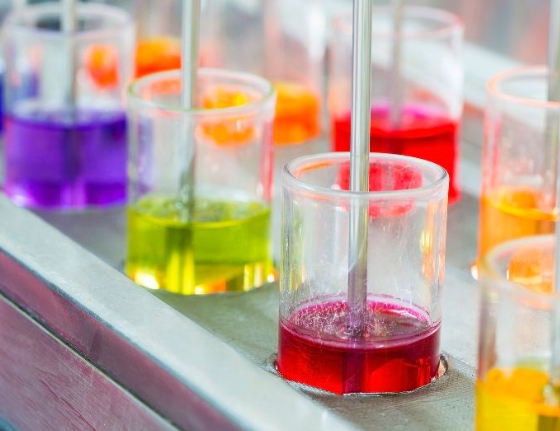Unveiling the Intricate Similarities Between Chemical and Biological Changes
3 min read
Chemical and biological changes are fundamental processes that shape the world around us. While they operate in different domains, there are intriguing similarities that underlie their mechanisms and outcomes. Understanding these similarities can provide valuable insights into the interconnectedness of the natural world and foster advancements in various scientific disciplines. In this article, we delve into the multifaceted parallels between chemical and biological changes, exploring their shared principles, mechanisms, and implications.
- Molecular Transformations:
Chemical and biological changes both involve molecular transformations, albeit in different contexts. Chemical changes occur when substances undergo chemical reactions, resulting in the formation or breaking of chemical bonds. Similarly, biological changes encompass the intricate molecular processes that occur within living organisms, such as DNA replication, protein synthesis, and cellular metabolism. Both domains rely on the manipulation of molecular structures to achieve specific outcomes. - Energy Dynamics:
Energy plays a pivotal role in both chemical and biological changes. In chemical reactions, energy is exchanged between reactants and products, often in the form of heat or light. Similarly, biological changes rely on energy transfer to drive essential processes. Adenosine triphosphate (ATP), the universal energy currency in living systems, fuels various biological reactions. The principles of energy conservation and transformation are applicable to both domains, highlighting their shared foundations. - Catalysis:
Catalysis is a key concept in both chemical and biological systems. Catalysts facilitate and accelerate reactions without being consumed in the process. In chemical changes, catalysts lower the activation energy required for a reaction to occur, enabling it to proceed more rapidly. Similarly, enzymes act as biological catalysts, accelerating biochemical reactions necessary for life. The remarkable similarity in the catalytic mechanisms across chemical and biological systems underscores the fundamental principles governing their transformations. - Equilibrium and Homeostasis:
Chemical and biological systems strive to achieve equilibrium or homeostasis. In chemical changes, equilibrium is reached when the rates of forward and reverse reactions become equal, resulting in a stable system. Similarly, living organisms maintain homeostasis, a state of internal balance, by regulating various physiological parameters. The concept of equilibrium and the delicate balance between opposing forces are central to both chemical and biological systems. - Emergent Properties:
Chemical and biological changes often give rise to emergent properties, where the collective behavior of components produces novel characteristics not observed at the individual level. In chemical systems, emergent properties can manifest as self-assembly, phase transitions, or complex reaction networks. Similarly, biological changes lead to emergent properties such as cellular differentiation, organismal development, and the emergence of consciousness. Exploring these emergent properties provides a fascinating avenue for understanding the underlying principles that govern both domains.
Conclusion:
Chemical and biological changes share profound similarities, revealing the interconnectedness of the natural world at molecular, energetic, and systemic levels. By recognizing these parallels, scientists can leverage knowledge from one domain to inform advancements in the other. The exploration of shared principles between chemical and biological changes not only deepens our understanding of fundamental processes but also paves the way for interdisciplinary collaborations and innovative applications across various scientific fields.



